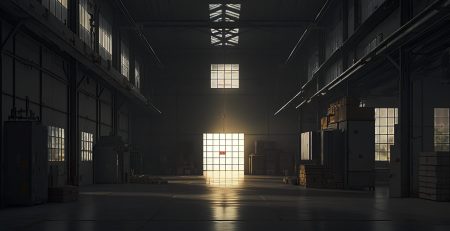How Sensors Work in Industrial Robotics to Mitigate Hazards and Risks
With the advent of the Industrial Internet of Things (IIoT), cloud computing, augmented reality (AR), and other innovative technologies, manufacturing facilities all over the world began to rely more on data, robotics, and automation. The factories that utilize these innovative technologies are known as smart factories.
Among these technologies, industrial robots play a major role in smart manufacturing facilities. Industrial robots are autonomous machines that can perform various tasks without human intervention based on their hardware, sensing, and control capabilities.
However, a sensor is a key component that enables these capabilities in robots. These sensing devices also play a vital role in eliminating potential hazards and risks to humans working alongside industrial robots.
Let’s find out how these sensors work and their role in keeping a workplace safe.
What are Sensors?
Robots require vast amounts of data or information about themselves and their environment to function safely and effectively. Sensors in industrial robots have the same function as sensory organs in humans.
These devices embedded in industrial robots collect data and process it in a controller or processing device to enable robots to analyze their working conditions and surroundings.
Sensor technology empowers industrial robots to safely navigate their paths, perceive changes in their work environments, and make accurate decisions in complex situations, just like humans.
How Sensors Can Improve Workplace Safety
Hokuyo: Your Partner in Sensor Technology
At Hokuyo, we provide a wide range of sensor products to fit your specific automation and robotics applications.
Our sensors come with cutting-edge technology and compact designs. These include light detection and ranging (LiDAR) or obstacle detection, crane collision avoidance, safety laser scanners, optical data transmission, and laser distance sensors.
Contact us to get assistance in choosing the right sensor for your unique industrial robotics application.

